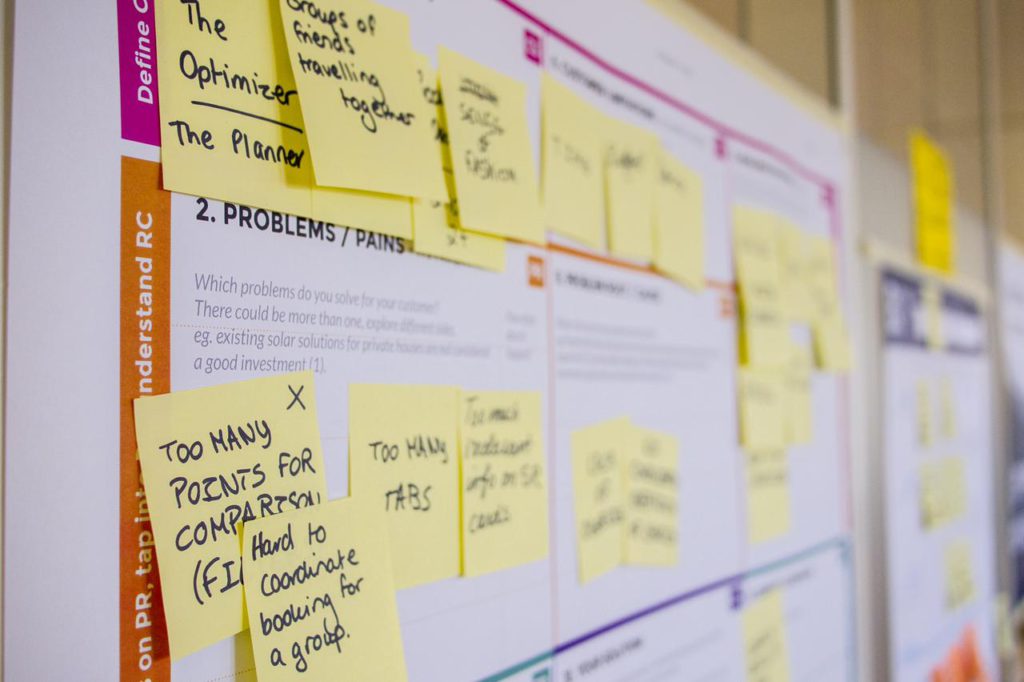Employee performance feedback is integral for the continued growth of both individuals and the organization. Whether this feedback is effective is determined by how the Human Resource managers and front line leaders handle these conversations. They may inspire your staff to achieve new heights or drive them away from your business.
Whether your team member meets objectives or not, the discussion should focus not only on their performance but mostly on how they can improve in the future. Improving the feedback process requires more than just educating managers. A culture shift is required: committing to employee growth and creating a safe space for honest communication.
Exploring different performance feedback methodologies
Even the most feedback-averse boss may change their opinion by understanding what excellent feedback looks like and the results it may offer. To help with this journey, we provided a guide for transforming your performance feedback into a powerful productivity tool.

The Sandwich Approach
The Sandwich approach has 3 components: praise, followed by constructive criticism, ending on a note of praise. The intent is twofold; to reinforce desired behaviour and drive future growth in other areas.
When might it not work?
Wrapping up on a positive note appeases the leader’s need to avoid confrontation and difficult conversations but it might divert attention away from the main message related to need-to-change behaviours. If the method is overused, people learn the strategy and expect corrective feedback without internalizing the message of reinforcement.

Situation-Behaviour-Impact (SBI)
This methodology was developed by the Center for Creative Leadership group based on a survey of 235 leaders of organizations worldwide.
The SBI technique is straightforward: you explain the situation, detail the specific behaviours seen, and then the impact that the behaviours had on you and / or the rest of the company.
When might it not work?
When the impact outlined is primarily related to the leader, the conversation may become a monologue rather than a discussion. To overcome this issue, it’s a good idea to engage the person in a discussion on their perspective.

360º Feedback
The 360-degree feedback model provides a secure environment for feedback from peers and supervisors. It entails asking eight to twelve people who work with the person to complete an anonymous survey regarding the employee’s workplace abilities.
Both the employee and the respondents are asked to rate specific performance attributes on a Likert scale, as well provide free form feedback. The feedback is aggregated by the leader and given in a format that allows the employee to understand their strengths and weaknesses and establish a development plan.
When might it not work?
This method has recently fallen out of favour in the business world, typically only used by large, command-and-control type organizations. The criticisms are numerous. The process tends to be lengthy and has a high cost in terms of employee time invested, it lacks objectivity and leaves performance feedback in the hands of individuals that may not be equipped to provide it in a constructive manner, and produces a large volume of (negative) feedback, which in turn can overwhelm the employee. And most of all, studies show that this approach does not improve performance, and may in fact be detrimental to employee and organizational performance.

The Pendleton Method
Created by David Pendleton in the academic context, this approach seeks to make the feedback experience more collaborative by incorporating reflections in the evaluation process.
In a typical scenario, the process starts with the employee talking about the context of the situation and analyzing the positive outcomes. Then the manager reinforces the positive behaviours. The employee then discusses the opportunities for improvement, and the manager provides their own perspective on the same. Together, the two draw up an action plan.
When might it not work?
This approach requires a high level of trust among the participants. In situations where trust is lacking, the discussion is not as deep and results in a shallow analysis and action plan.
5 tips for improving performance feedback
Today, we’re seeing huge shifts in employee feedback practices aimed at improving the employee performance AND experience. Historically, organizations have employed exit interviews to understand what drives employee dissatisfaction. Unfortunately, at this point, it is too late for the organization to address these issues and retain high performers.
Therefore, many organizations now opt for continuous feedback mechanisms, which encourage two-way feedback. This requires a level of psychological safety within the organizations which makes employees comfortable that they will not experience negative consequences as a response to feedback directed at their leader or organization.
Improving feedback requires more than just educating managers. It needs a culture shift to being accountable for employee growth and creating two-way communication.
Here are some tips on how to engage in continuous feedback with your team.
1. Express appreciation
Good feedback includes talking about what went well. Take notes on the positive outcomes so that you can recall details later. Do try to provide this feedback as close to the event as possible.
2. Incentivize good habits
A great initiative that happens only once is not very helpful. With timely feedback and appreciation, managers can turn one-off events into habits. If there’s a specific thing you noticed an employee doing well, don’t keep it to yourself—tell them!

3. Provide context
Be specific about what an employee could have done differently by offering up an example. Try your best to avoid vague compliments like “You’re doing great!” because those can come across as insincere or unhelpful.
4. Offer support
Performance feedback sessions are also a good opportunity to check on your employee’s mental health. If they report difficulties, offer support. A good manager also asks for feedback on the team’s leadership. Listen and take notes on what your employees have to say.
5. Leave room for improvement
Give your employees time to process what was said in their feedback session before acting on the information provided. It allows them to absorb the information and reflect on their performance without feeling pressured to change their behaviour right away. If they need time to improve, give it to them!
Is your leadership team providing effective feedback?
Empowering your employees to succeed is the best way to grow your business and make it thrive. Employees who know how they are doing are more confident to take on new tasks and be more productive. Performance feedback may also help them understand how their contributions affect the company.
At its core, feedback is a form of communication. In the right hands, it can be a way to motivate employees and push them towards new heights. But if these objectives are misdirected – or if there is simply no willingness to grow with criticism – then feedback becomes a zero-sum game: it may feel good to criticize someone’s work at first, but that sense of superiority will quickly fade. At the same time, the effects of poor communication don’t easily disappear. Indeed, poor feedback may drain the motivation of even your most driven employees.
Do you need to change your feedback practices or another process at your company? Clubnet’s corporate coaching may help you achieve your goals faster.




